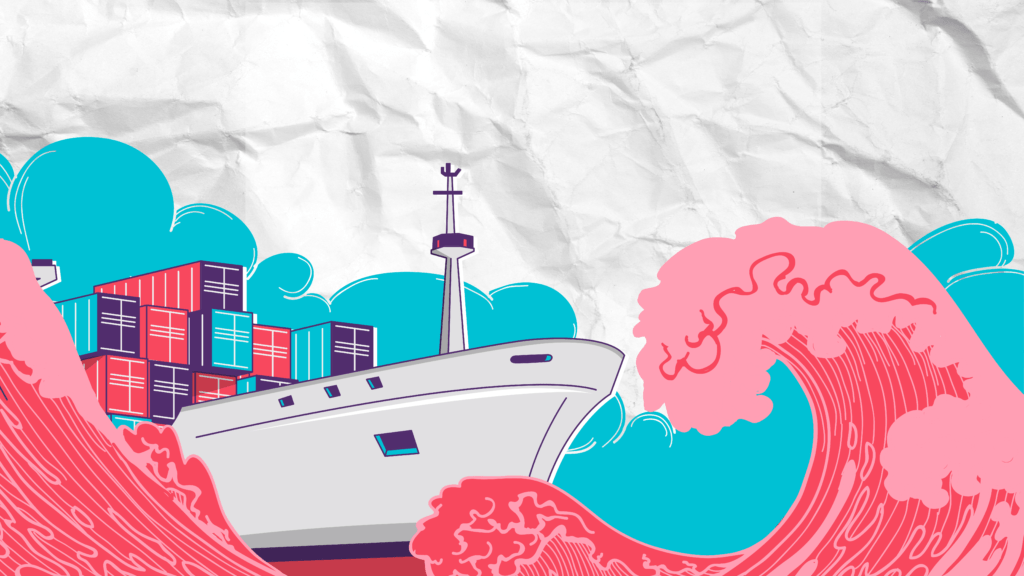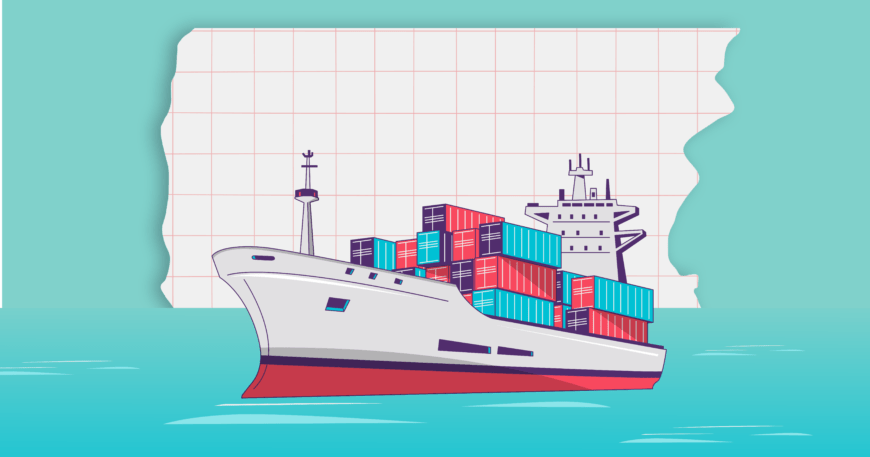Cruising Through Transactions: A Blueprint for Seamless Maritime Sales
In the dynamic world of maritime sales, the journey from customer order to product delivery is more than just a transaction; it’s a well-orchestrated process that thrives on collaboration among customers, dedicated administrative staff, and trusted suppliers. To enhance this intricate dance, a centralized platform (Lentera’s application) plays a pivotal role, ensuring accuracy, promptness, and overall efficiency in the supply chain.The Power of Centralized Platforms:
At the heart of this seamless process lies a centralized platform designed to receive and process customer orders. This platform is a game-changer, offering a plethora of benefits that go beyond mere cost savings. Let’s delve into the advantages that make this approach a cornerstone of modern maritime sales.1. Cost Efficiency:
By consolidating all transactions onto a single platform, unnecessary costs associated with fragmented processes are eliminated. The streamlined nature of the system results in significant savings for both customers and suppliers.2. Reduced Sourcing Time:
Time is of the essence in the maritime industry. A centralized platform facilitates swift order processing, minimizing the time it takes from placing an order to product dispatch. This not only satisfies customer expectations but also enables suppliers to operate with agility.3. Quotation Overview:
The platform provides a comprehensive overview of quotations, allowing both customers and suppliers to make informed decisions. This transparency fosters trust and enhances communication, leading to smoother transactions.4. Transaction Processing Time:
With an efficient system in place, transaction processing time is drastically reduced. This not only benefits customers who receive their orders promptly but also allows suppliers to focus on fulfilling orders rather than navigating cumbersome administrative tasks.5. Inventory Control:
Centralized platforms are instrumental in maintaining optimal inventory levels. The system prevents over-ordering or running out of stock by providing real-time insights into stock levels. This ensures that customers receive their products without unnecessary delays.
The Step-by-Step Process
The main objective of this application is to deliver goods and services to customers within stipulated timeframes. The following step-by-step approach outlines the seamless journey from customer order to product delivery:1. Customer Places an Order: Customers initiate the process by placing an order through the application, specifying their requirements.
2. Request Reaches Admin: The order is sent to the admin, who acts as the intermediary between the customer and the supplier.
3. Enquiry to Supplier: Admin converts the order into an enquiry and forwards it to the trusted supplier, ensuring that the requested product is available.
4. Supplier Processes Order: The supplier receives the order, processes it efficiently, and sends the product to the admin along with payment details.
5. Admin Coordinates Delivery: The admin coordinates the delivery of the product, offering customers the option to receive it directly from the supplier or through the admin.
6. Customer Receives Product: Customers receive the product, choose their preferred delivery option, and complete the transaction online.
7. Confirmation to Supplier: Once the customer completes the payment, a confirmation message is sent to the supplier, acknowledging the successful placement of the order.




